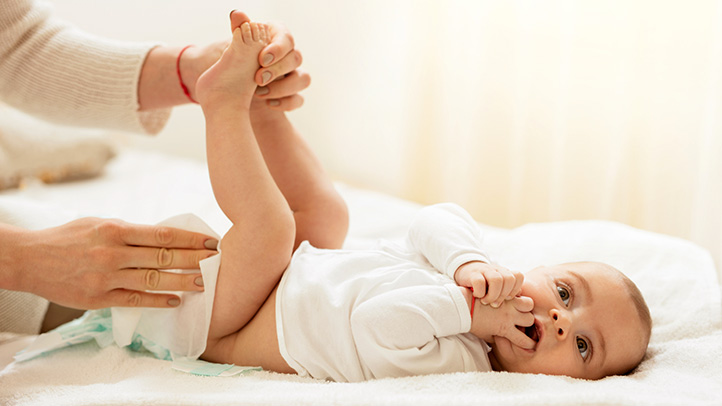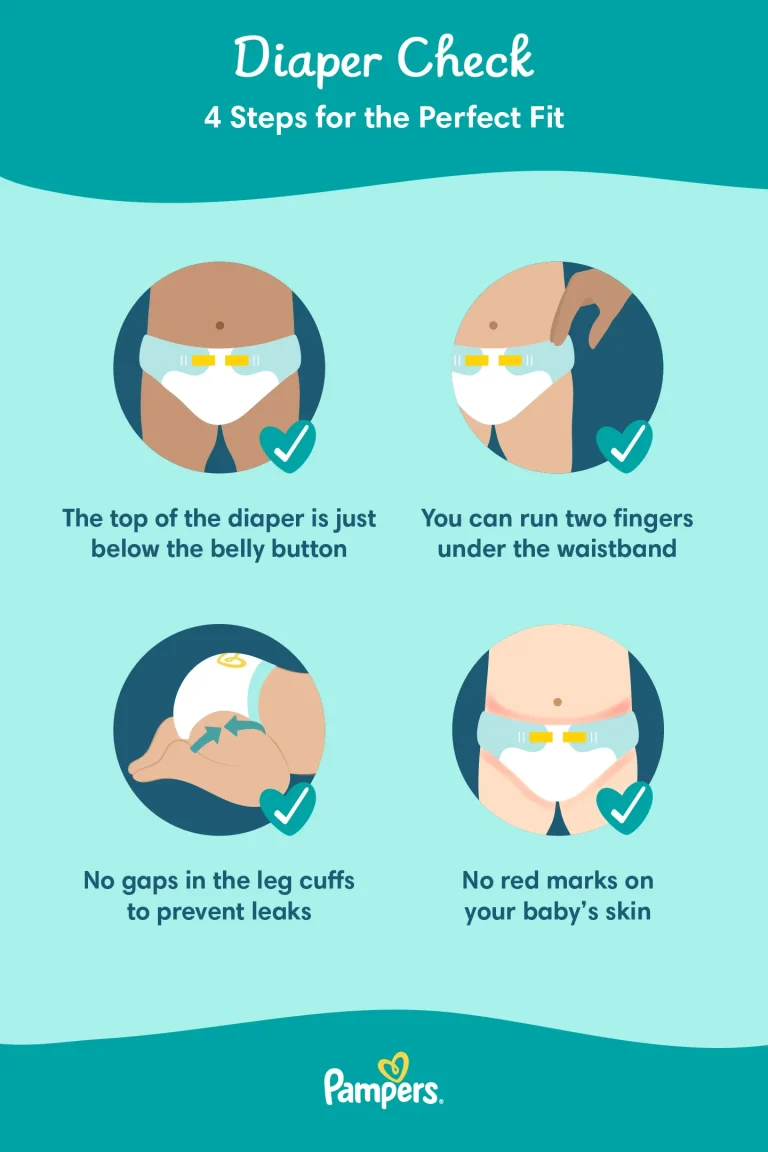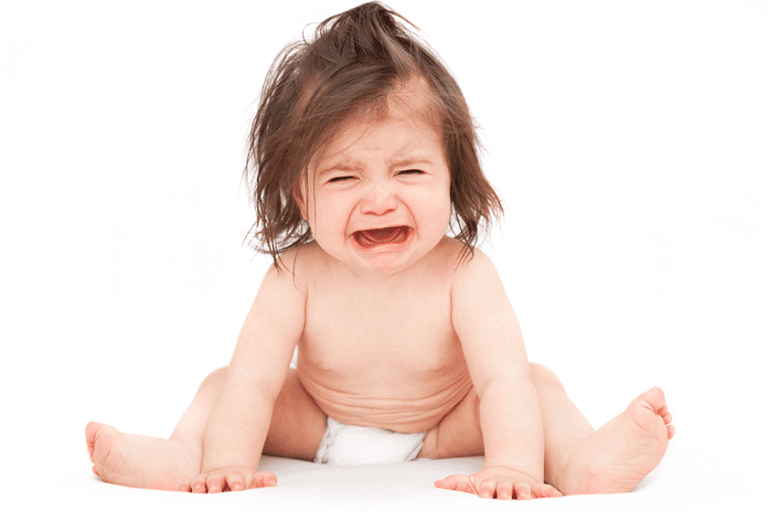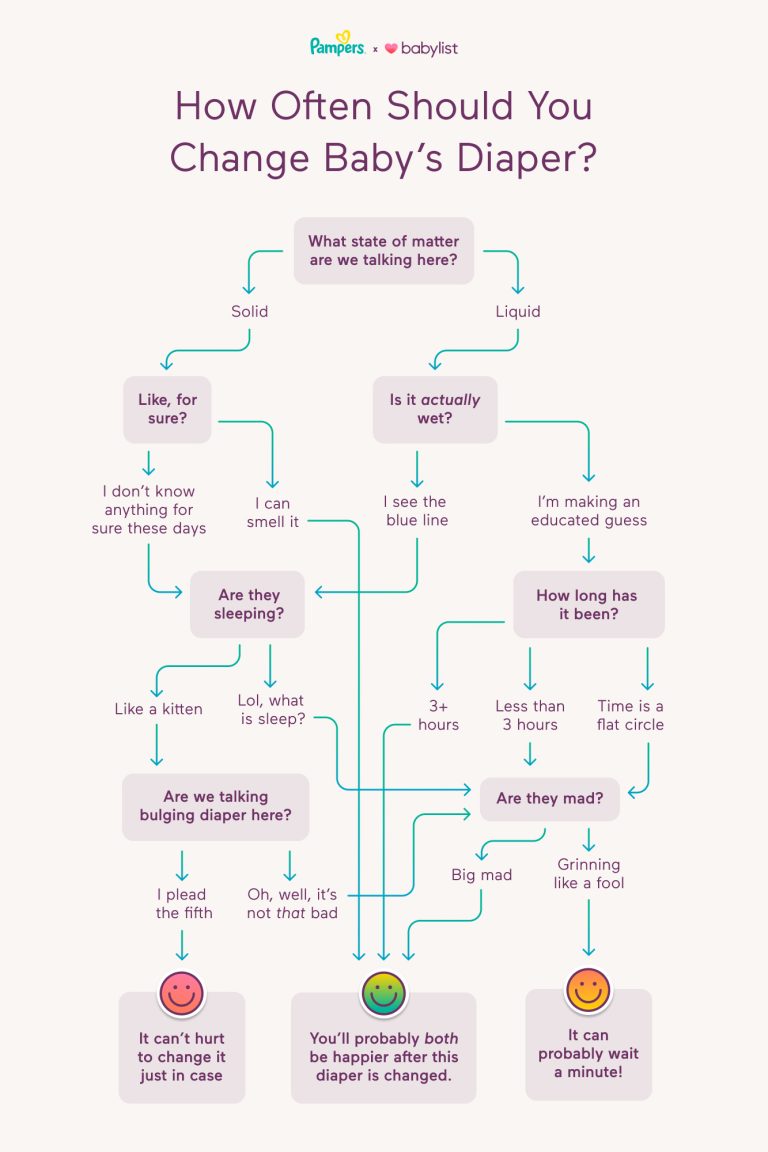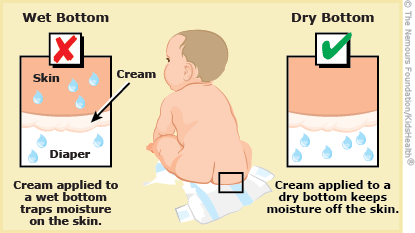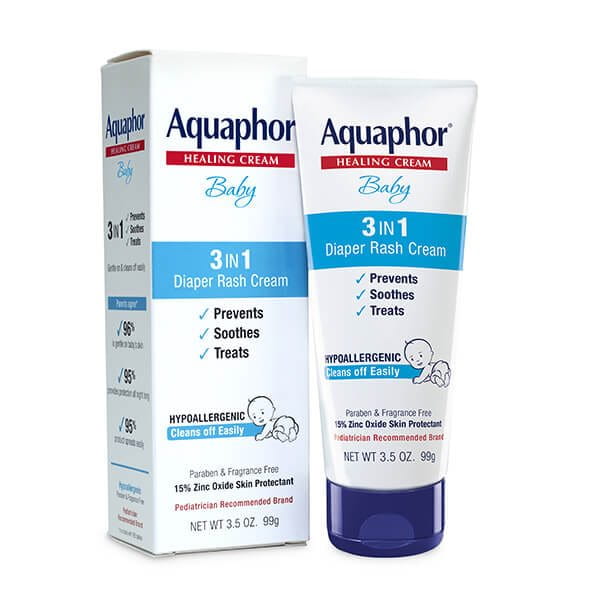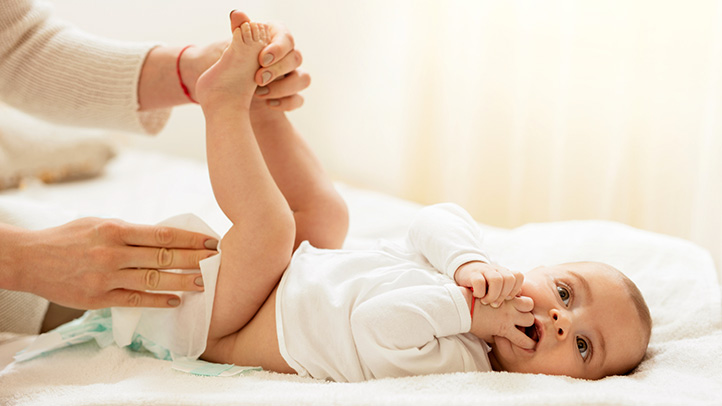How to Change Baby Diaper: Expert Tips for New Parents
To change a baby diaper, lay the baby on a clean surface and remove the soiled diaper. Clean the baby’s bottom, apply a fresh diaper, and secure it snugly.
Changing a baby diaper is a fundamental skill every parent needs to master. It ensures your baby stays comfortable and free from diaper rash. Start by laying your baby on a clean, safe surface. Gather all necessary supplies, including wipes, a fresh diaper, and any rash cream.
Remove the soiled diaper carefully, clean the baby’s bottom thoroughly, and allow it to dry. Slide a fresh diaper under the baby, fasten it securely, and ensure it fits comfortably. Practice and preparation make this essential task easier and quicker over time.
Choosing The Right Diaper
Finding the right diaper for your baby is essential. A good diaper ensures comfort and prevents leaks. Let’s explore the types of diapers and factors to consider.
Types Of Diapers
There are various types of diapers available. Each type offers different benefits.
- Disposable Diapers: Convenient and easy to use. They are perfect for travel.
- Cloth Diapers: Eco-friendly and reusable. They are cost-effective in the long run.
- Hybrid Diapers: Combine the features of both disposable and cloth diapers. They have a cloth outer layer with a disposable insert.
Factors To Consider
Choosing the right diaper involves considering several factors. Here are some key points:
- Size: Ensure the diaper fits your baby well. Check the weight range on the package.
- Absorbency: Look for diapers that offer high absorbency. This prevents leaks and keeps your baby dry.
- Comfort: The diaper should be soft and gentle on your baby’s skin. Avoid any materials that may cause irritation.
- Cost: Calculate your budget for diapers. Cloth diapers may have a higher initial cost but save money over time.
- Eco-friendliness: If you prefer sustainable options, consider cloth or hybrid diapers. They reduce waste and are better for the environment.
Choosing the right diaper makes a big difference. Consider these factors to keep your baby comfortable and happy.
Essential Supplies
Changing a baby’s diaper can be a smooth task with the right supplies. Having all the essential supplies ready will make the process quicker and easier. Below, we discuss the key items needed for an effective diaper change.
Diaper Changing Stations
A well-organized diaper changing station is crucial. This station should be safe and comfortable for your baby. It also helps to have everything within arm’s reach.
| Items | Description |
|---|---|
| Changing Table | A sturdy table at a comfortable height. |
| Changing Pad | Soft pad with a washable cover. |
| Storage Bins | Bins to hold diapers, wipes, and creams. |
Must-have Items
Make sure to have these must-have items at your diaper changing station:
- Diapers: Choose between disposable and cloth diapers.
- Baby Wipes: Soft, hypoallergenic wipes for gentle cleaning.
- Diaper Cream: Prevents and treats diaper rash.
- Hand Sanitizer: Keeps your hands clean before and after.
- Changing Pad Covers: Extra covers for quick changes.
- Plastic Bags: For disposing of dirty diapers.
- Extra Clothes: In case of spills or leaks.
Having these items ready makes diaper changes efficient and stress-free. Keep your baby comfortable and ensure a clean environment.
Prepping For The Change
Changing a baby’s diaper can be simple. The key is preparation. Getting everything ready makes the process smoother and quicker.
Setting Up The Area
First, choose a safe and clean area. A changing table is ideal, but any flat surface works. Make sure the surface is safe and free from clutter.
| Essential Items | Why You Need Them |
|---|---|
| Diapers | To keep your baby clean and dry. |
| Wipes | To clean the baby’s bottom. |
| Changing Pad | To provide a soft and safe surface. |
| Diaper Cream | To prevent diaper rash. |
| Trash Bag | To dispose of the used diaper. |
Keeping Baby Comfortable
Babies can be fussy during a diaper change. Keep them comfortable by talking or singing to them.
- Use a toy to distract them.
- Ensure the room is warm.
- Have everything within reach to avoid leaving the baby unattended.
For extra comfort, use a warm wipe. This can be soothing for your baby’s skin.
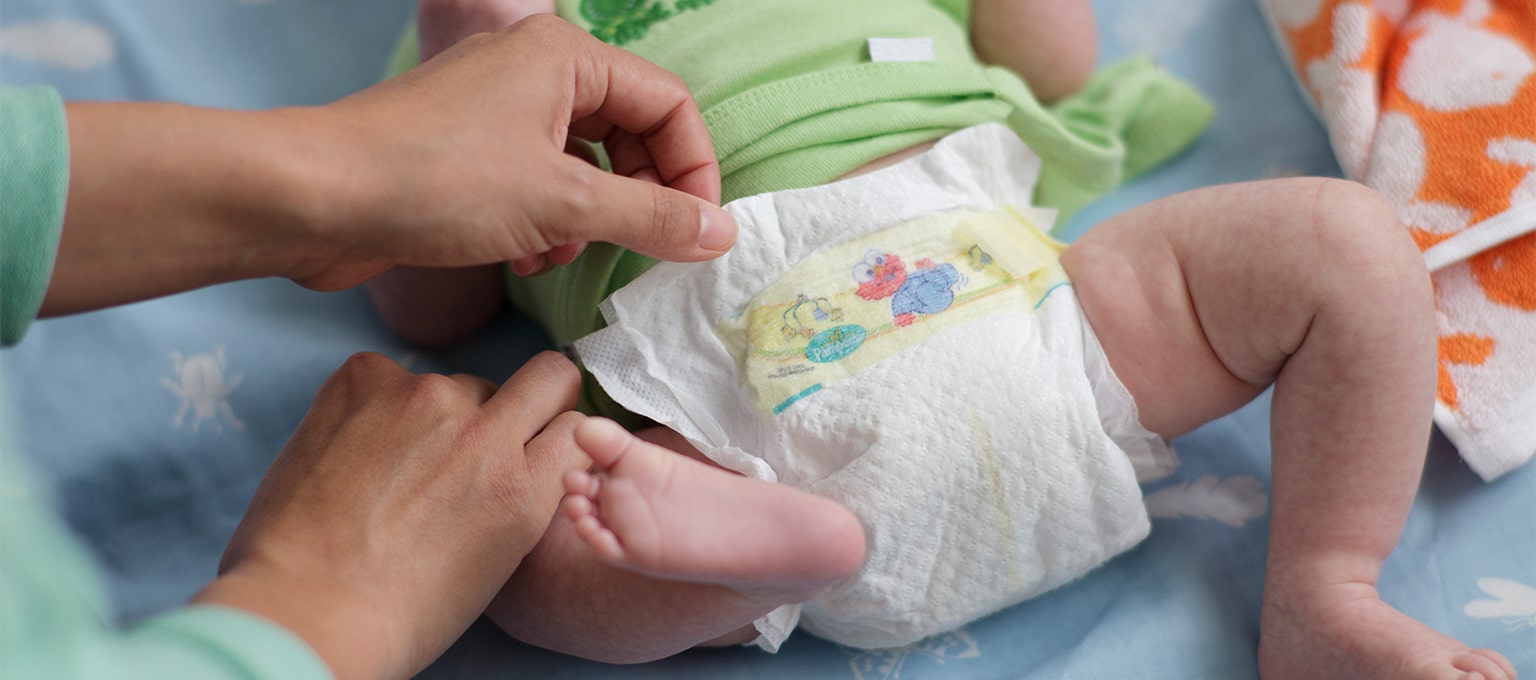
Credit: www.pampers.com
Step-by-step Diaper Change
Changing a baby’s diaper might seem daunting, but with the right steps, it becomes easy. This guide will help you through the process step-by-step. Follow these simple instructions to keep your baby clean and comfortable.
Removing The Dirty Diaper
First, lay your baby on a clean, flat surface. Make sure you have all the supplies you need within reach. This includes a clean diaper, wipes, and a diaper rash cream.
Undo the diaper tabs on the dirty diaper. Lift your baby’s legs gently by the ankles and slide the dirty diaper out from under them. Fold the dirty diaper in half under your baby’s bottom, clean side up, to catch any mess.
Cleaning Baby’s Bottom
Use baby wipes to clean your baby’s bottom thoroughly. Always wipe from front to back to prevent infections. For baby boys, ensure you clean under the scrotum and around the penis. For baby girls, clean around the labia, ensuring no stool remains.
If your baby has sensitive skin, consider using warm water and a soft cloth. Pat the skin dry gently with a clean towel or cloth to avoid any irritation.
Putting On The New Diaper
Place the clean diaper under your baby’s bottom. The side with the tabs should be at the back. Pull the front of the diaper up between your baby’s legs and lay it over the stomach. Secure the tabs on both sides, ensuring a snug fit but not too tight. Check the leg cuffs to ensure they are pulled out and not tucked in to prevent leaks.
Once the diaper is secure, dispose of the dirty diaper in a diaper pail or sealed bag. Wash your hands thoroughly to keep hygiene levels high.
And that’s it! Your baby is now clean and ready for more adventures.
Handling Diaper Rash
Handling diaper rash is a crucial part of diapering your baby. Diaper rash can cause discomfort and crankiness. Knowing its causes, prevention, and treatment helps keep your baby happy.
Common Causes
Diaper rash often happens due to several common reasons:
- Prolonged Wetness: Wet diapers irritate sensitive skin.
- Friction: Tight diapers can rub against the skin.
- Yeast Infections: Warm, moist areas promote yeast growth.
- Allergic Reactions: Some babies react to certain diaper brands.
Preventative Measures
Preventing diaper rash is simpler than treating it. Follow these steps:
- Change Diapers Frequently: Keep your baby dry by changing diapers often.
- Use Barrier Creams: Apply creams with zinc oxide to protect the skin.
- Allow Air Time: Give your baby diaper-free time daily.
- Avoid Tight Diapers: Ensure diapers fit well but are not too tight.
- Choose Hypoallergenic Products: Use unscented wipes and gentle soaps.
Treatment Options
If diaper rash occurs, consider these treatment options:
| Treatment | Description |
|---|---|
| Zinc Oxide Creams | Apply a thick layer to protect and heal the skin. |
| Antifungal Creams | Use for rashes caused by yeast infections. |
| Hydrocortisone Creams | Use under pediatric guidance for severe rashes. |
| Frequent Diaper Changes | Keep the area dry to aid healing. |
| Warm Baths | Bathe your baby in warm water to soothe the skin. |
Understanding these tips will help you handle diaper rash effectively. Keep your baby comfortable and happy with proper care.
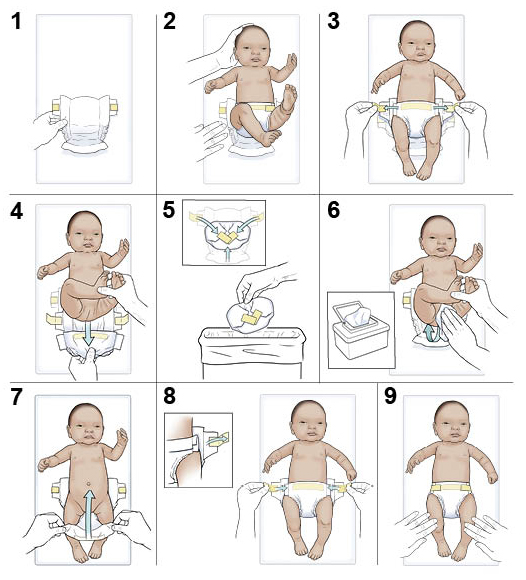
Credit: www.saintlukeskc.org
Disposing Of Diapers
Changing a baby’s diaper involves more than just swapping the old with the new. Proper disposal of used diapers is crucial for hygiene and environmental reasons. This section will guide you through the best practices for disposing of diapers.
Proper Disposal Methods
Dispose of diapers in sealed diaper pails or plastic bags. This helps contain odors and prevents the spread of germs. Always wash your hands thoroughly after disposing of a diaper.
| Disposal Method | Steps |
|---|---|
| Diaper Pail |
|
| Plastic Bag |
|
Environmental Considerations
Disposable diapers contribute to landfill waste. Choose eco-friendly options when possible. Some diapers are biodegradable and break down faster than traditional ones.
Consider using cloth diapers to reduce waste. They require washing but are reusable and kinder to the environment. If using cloth diapers, invest in a reliable washing routine to ensure they are clean and hygienic.
Another way to help the environment is by choosing diaper recycling programs. Some companies offer services to recycle used diapers into usable products.
- Choose biodegradable diapers.
- Use cloth diapers.
- Participate in diaper recycling programs.
Troubleshooting Common Issues
Changing a baby’s diaper can be tricky. Parents often face common issues. This section helps you troubleshoot leaks, blowouts, and skin irritations.
Leaks And Blowouts
Leaks and blowouts are messy and frustrating. Here are some tips to avoid them:
- Ensure the diaper is the right size. A too-small diaper causes leaks.
- Check the fit around the legs and waist. It should be snug.
- Use diapers with higher absorbency at night. They prevent leaks.
- Change diapers frequently. Full diapers leak more easily.
If you still face leaks, try a different brand. Some brands fit differently. Experiment to find the best fit for your baby.
Skin Irritations
Skin irritations cause discomfort for your baby. Here’s how to prevent and treat them:
- Change diapers often. Wet diapers cause rashes.
- Use a soft cloth or wipes. Harsh wipes irritate the skin.
- Let your baby’s skin air-dry before putting on a new diaper.
- Apply a barrier cream. It protects the skin from moisture.
If your baby has a rash, try these steps:
- Clean the area gently with warm water.
- Pat the skin dry. Don’t rub it.
- Apply a thick layer of diaper rash cream.
- Change diapers frequently to keep the area dry.
If the rash doesn’t improve, consult your pediatrician. Persistent rashes might need medical attention.
:max_bytes(150000):strip_icc()/How-to-change-a-diaper-289239-f3333dfdf73049318a1b155f99540060.png)
Credit: www.parents.com
Tips For On-the-go Changes
Changing your baby’s diaper while out can be challenging. With the right tips, it becomes easy. Here are some essential tips for smooth on-the-go diaper changes.
Portable Supplies
Always carry a well-stocked diaper bag. This ensures you have everything you need.
- Diapers: Pack enough diapers for the trip.
- Wipes: Choose sensitive wipes for your baby’s skin.
- Changing Pad: Use a portable, waterproof changing pad.
- Plastic Bags: For disposing of dirty diapers.
- Hand Sanitizer: Keep your hands clean after changes.
- Extra Clothes: In case of spills or leaks.
Finding Changing Stations
Knowing where to find changing stations is crucial. Many public places offer them.
- Shopping Malls: Most malls have family restrooms with changing stations.
- Restaurants: Ask staff if there is a changing area.
- Parks: Look for public restrooms with baby facilities.
- Airports: Airports usually have designated family restrooms.
If a changing station is unavailable, find a clean and safe spot. Use your portable changing pad for a quick and hygienic diaper change.
Frequently Asked Questions
How Often Should You Change A Baby’s Diaper?
You should change your baby’s diaper every 2 to 3 hours. This helps prevent diaper rash and keeps your baby comfortable.
What Supplies Do You Need To Change A Diaper?
You will need a clean diaper, baby wipes, and diaper rash cream. A changing pad and disposable bags are also useful.
How Can You Prevent Diaper Rash?
To prevent diaper rash, change diapers frequently, and use diaper rash cream. Allow your baby’s skin to air dry before putting on a new diaper.
What Are The Steps To Change A Diaper?
First, gather all supplies. Lay your baby on a changing pad. Remove the soiled diaper, clean the area, and put on a fresh diaper.
Conclusion
Changing a baby’s diaper might seem daunting at first, but it gets easier with practice. Remember to stay calm and keep essential supplies handy. With patience and care, you’ll master this skill in no time. Your baby will thank you for the comfort and cleanliness.
Happy parenting!

